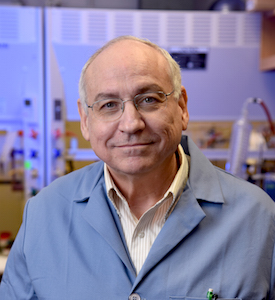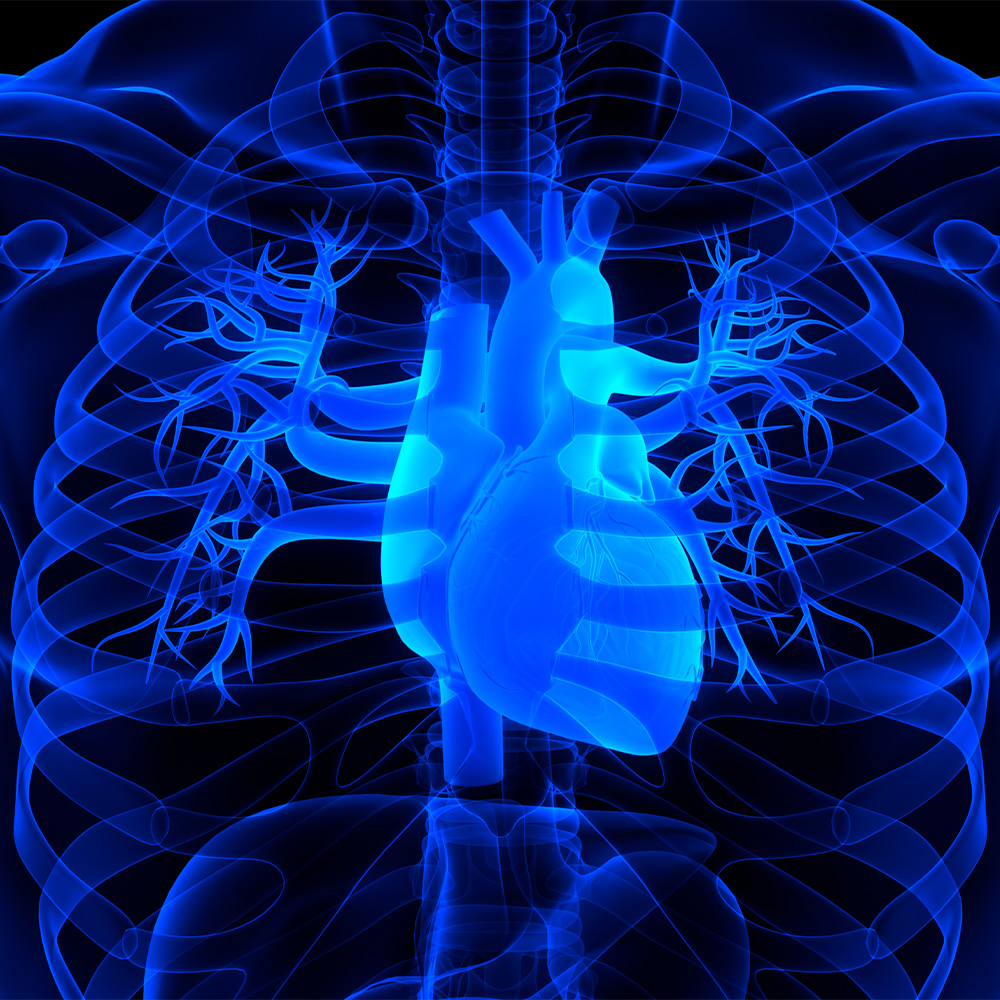Advance in synthetic chemistry should aid drug development
DALLAS – January 2017 – Researchers at UT Southwestern Medical Center and collaborators report a significant advance in the synthesis of nitrogen-containing chemical compounds, which represent a majority of chemicals.

The new synthesis method allows the insertion of a nitrogen atom into drugs, agrochemicals, and other biological compounds in a single step. UT Southwestern’s research partners are Rice University and Brigham Young University.
The method, reported recently in Science, reduces the time and cost of making these products. For example, nitrogen-containing bioactive molecules such as estrone, a derivative of the hormone estrogen, and the narcotic morphine can be made in less than 30 minutes using the new procedure, said Dr. J.R. Camille Falck, Professor of Biochemistry and Pharmacology and senior author of the study. Dr. Falck holds the Robert A. Welch Distinguished Chair in Chemistry at UT Southwestern.
The new method directly replaces otherwise stable hydrogen atoms of aromatic rings with nitrogens. Prior to the development of the method, doing so required multiple chemical steps or harsh reaction conditions.
“The ability to conduct this transformation using mild, environmentally benign conditions takes on more significance if one keeps in mind that drugs contain on average 2.3 nitrogens,” Dr. Falck said. “Hence, any process that facilitates the introduction of nitrogen, especially into polyfunctional molecules, has the potential to improve drug development.”
This research could expedite access to a broader range of drug candidates and lower production costs, which might reduce prices for consumers, he added.
Dr. Falck developed the technique with synthetic chemist Dr. László Kürti at Rice. A provisional patent application has been submitted and assigned jointly to UT Southwestern and Rice University.
The Falck lab is currently at work on the next phase of this research, to introduce carbon-nitrogen bonds into unreactive and abundant petroleum products.




